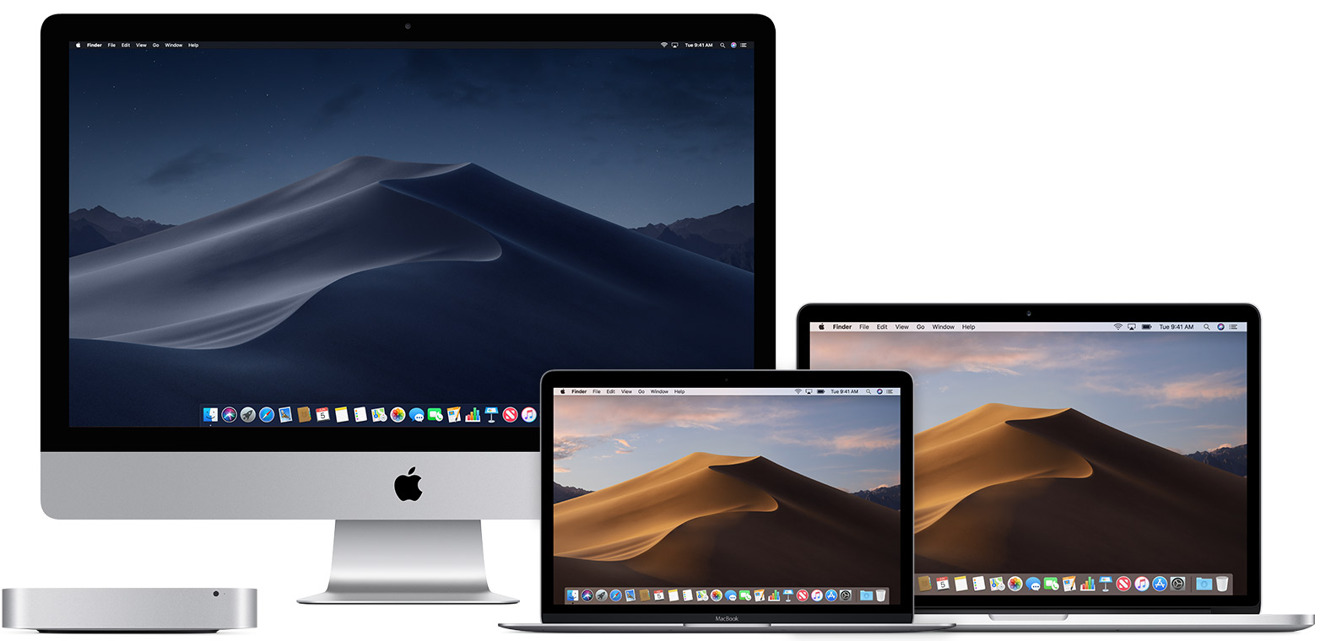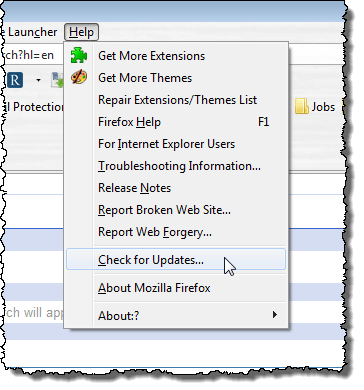- About pop-up ads and windows in Safari. Learn how to block pop-up windows and handle persistent ads on your iPhone, iPad, iPod touch, or Mac.
- The first step to updating your Safari browser is checking if your Mac actually has any available system updates. If you have macOS Mojave or later, upgrades will come via your System Preferences.
Before you start, check the version of Safari running on your Mac. To display the version number, choose Safari About Safari. If your Safari version is 11.0 or later, follow the steps in For Mac OS X 10.11, macOS 10.12, and later. If your Safari version is 10.0 or later, follow the steps in For Mac OS X 10.10.
Free Safari Upgrade For Mac

Safari for Mac
Safari is included with your Mac operating system.
Updating Safari

To keep Safari up to date for the version of macOS you're using, install the latest macOS updates.
The most recent version of macOS includes the most recent version of Safari. For some earlier versions of macOS, Safari might also be available separately from the Updates tab of the App Store.

Reinstalling Safari
If you deleted Safari and don't have a Time Machine backup or other backup, reinstall macOS to put Safari back in your Applications folder. Reinstalling macOS doesn't remove data from your computer.
Before reinstalling, you might want to use Spotlight to search for Safari on your Mac. If you find it, but it's no longer in your Dock, just drag it to the Dock to add it back.
Upgrade Safari For Macbook Air

Safari for Windows
Upgrade Safari Browser To Latest Version
Apple no longer offers Safari updates for Windows. Safari 5.1.7 for Windows was the last version made for Windows, and it is now outdated.
